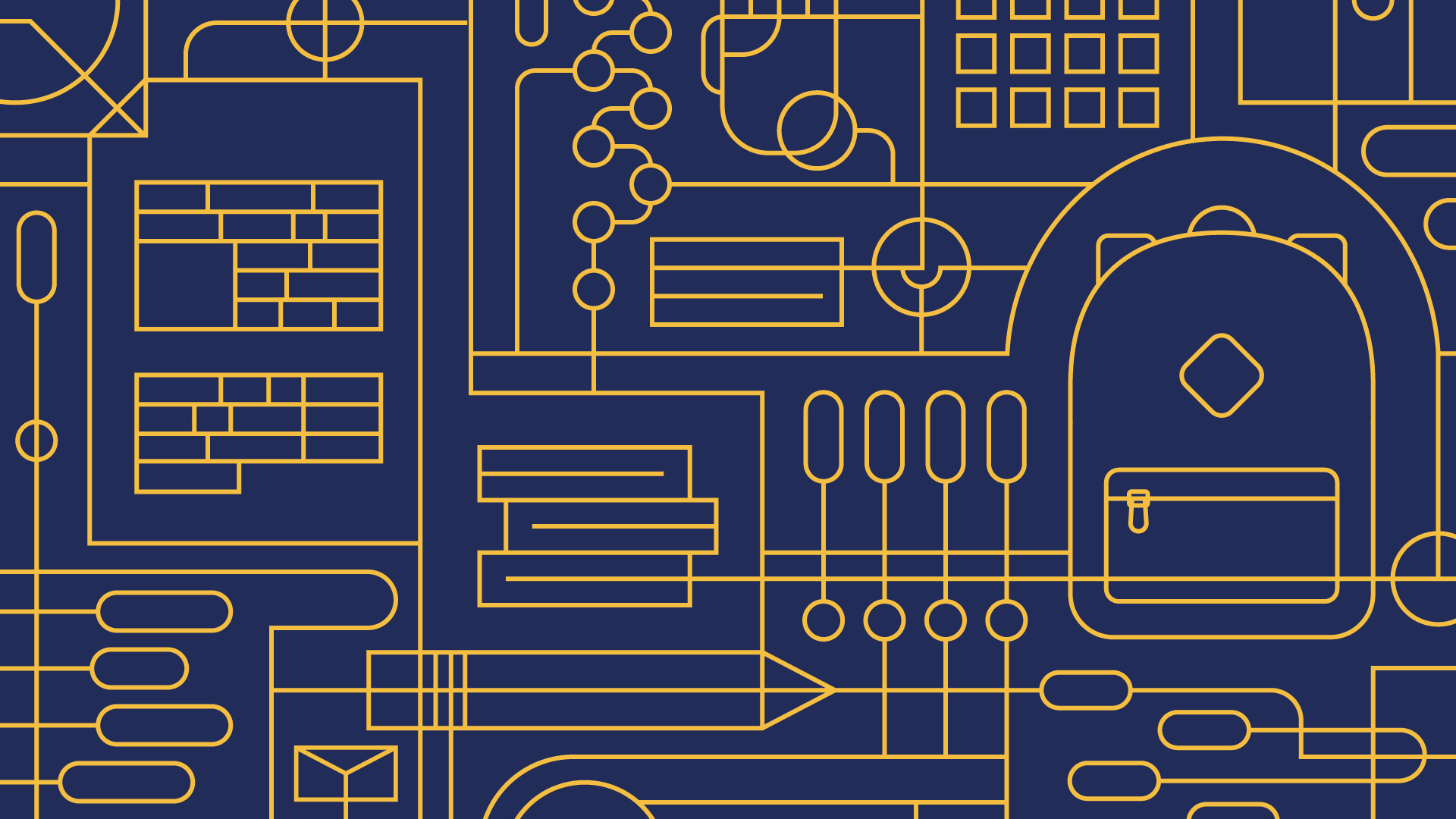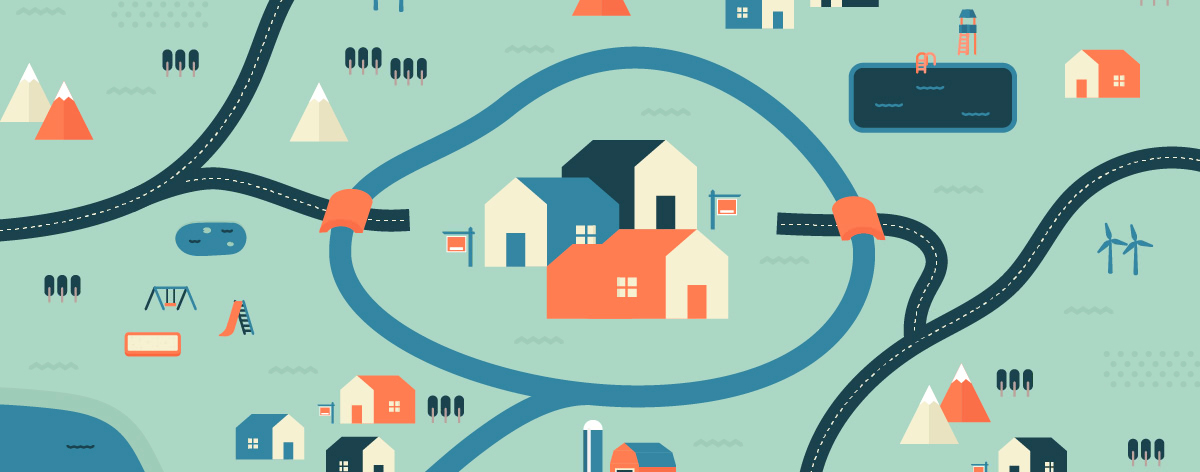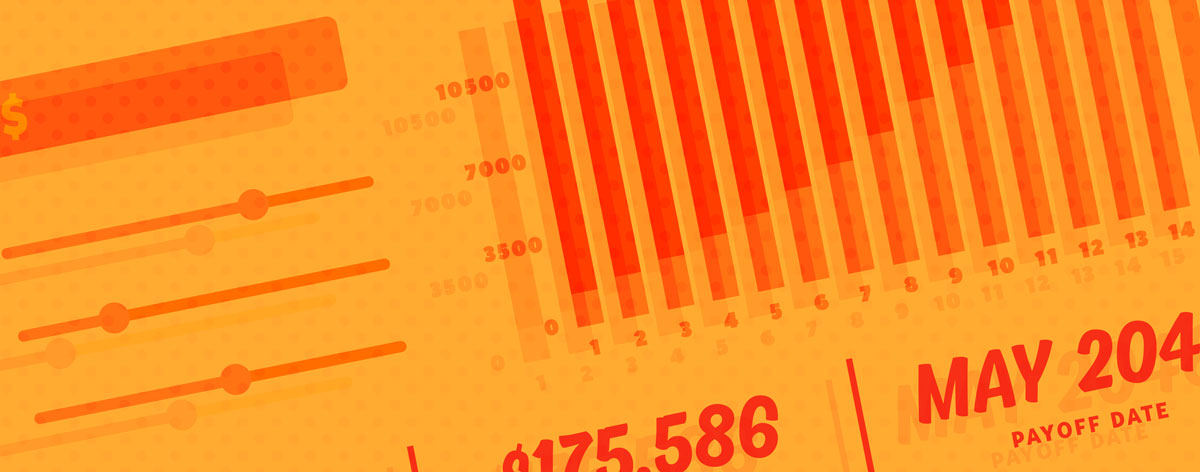The Cost of a Mortgage
In this article:
For most people, a mortgage is the largest loan they’ll ever have. It's essential to understand all that goes into the cost and your responsibility in paying it back.
Instead of focusing solely on your monthly payment, take a step back and look at the total expense spread across the entire term of the loan—for many people, that’s 30 years. The average home price in the U.S is around $415,000. If you make a 5% down payment and have a 5% interest rate, you’ll repay a total of $761,910—that’s $367,600 in interest, alone.
But if you change the interest rate, you change the repayment total. For instance, if your interest rate for the loan is 7% instead of 5%, the interest repaid jumps to $550,013, with a total cost of $944,263.
Multiple factors can change the overall cost of a mortgage, but the interest rate and term length usually have the largest impact.
A mortgage is repaid in monthly installments through a process called amortization. This takes a large amount and makes it more affordable by splitting the interest and principal into scheduled payments that stay the same. In the first few years of a mortgage, most of your payment goes towards interest and only a small amount goes to paying down the principal. Near the end of the term, the opposite is true—most of the money goes towards the principal and very little toward interest.
Try this mortgage calculator below to see what a realistic mortgage would look like for you.
- Principal: The amount of money that you initially borrow and will need to repay.
- Interest: The percentage of the principal that you pay to the lender in exchange for borrowing money. The interest rate is the primary component of your APR. Your interest rate is determined in large part by the current cost of borrowing in the economy and your creditworthiness.
- APR (Annual Percentage Rate): A representation of the annual percentage you will need to pay back on top of the principal. It includes your interest rate, points, fees, and other costs.
- Points (Prepaid Interest): A fee you pay to lower your interest rate on a home purchase.
- Fees: Application fees, loan origination fees, and other initial costs imposed by the lender.
- Term: The total length of the loan. A longer term means lower monthly payments, but higher overall costs from more interest being accumulated. Similarly, a shorter term means higher monthly payments but a lower overall cost.
Because a mortgage is such a huge cost, it’s worth exploring ways to reduce your costs.
- Make a big down payment. The more you can pay down on a mortgage up front, the less you’ll owe over time—which means the less interest you’ll pay. Your payments will be lower too, because they are calculated on a smaller principal. If you can swing a 20% or larger down payment, you’ll also skip the costs of private mortgage insurance (PMI), which increases the cost of your monthly payments.
- Choose a shorter term. Shorter loan terms mean a higher monthly payment, but they also mean substantial savings on the amount of interest paid. For instance, let’s say you took out a $415,000 loan at 7%. With a 30-year loan, you would pay back a total of $993,961, meaning you’d pay $578,961 in interest. With a 15-year loan, you’d pay back a total of $671,424, meaning you’d only be paying $256,424 in interest. That’s a big difference! Although the savings is clear, if you opt for a shorter term, make sure you can truly afford the higher payments.
- Make extra payments. You can pay more on your regular payment or make extra payments as you can to speed up the repayment process. Make sure the extra amounts are applied directly to your principal and not to interest—you should be able to specify this on your payment coupon, or when making extra payments online. Even one extra payment annually can take years off the overall term of your loan. One thing to keep in mind: Before you pay off a mortgage early, make sure there aren’t any prepayment penalties. Some lenders charge you a fee for paying your loan off early. Talk to your lender to be sure that you understand all of the terms of your mortgage and the associated fees.
There are two types of points associated with a mortgage loan: discount points and origination points.
- Discount Points: These are the most common type of points. When you buy discount points, you're essentially paying some of the interest upfront in exchange for a lower interest rate. This can save you money over the life of the loan, especially if you stay in the home and don’t refinance for a long time. Each point typically costs 1% of the total mortgage amount and lowers the interest rate by a fixed amount (often 0.25%).
- Origination Points: These are paid to your lender as a cost of giving you the loan. Like discount points, one point equals 1% of the total mortgage. So if you’re charged 0.5% in origination points on $250,000, that’s $1,250. They are usually paid with your closing costs when you finalize your loan.
Your monthly mortgage payments include a few other costs unrelated to the loan principal and interest. If you paid less than 20% down, you’ll owe PMI, which is usually 2-5% of the overall loan amount. You’re required to pay PMI until your principal balance is 78% or less of the original value of your home.
Your payment will also include your real estate taxes. The exact amount varies depending on the state and county you live in; but plan on at least a few hundred dollars a month. Real estate taxes are based on the assessed value of your property (not necessarily what you would sell it for today) and the tax rate for your municipality. These taxes pay for public schools, police and fire, highway maintenance, and other government services.
Homeowners insurance is another cost you may pay monthly or annually. This is required by your mortgage lender, and you’ll need to provide proof of current insurance if you pay that separately.
Your community may also have homeowner’s association (HOA) fees that you are responsible for. These are not part of your monthly mortgage payment, but they can be costly. So make sure you know what the fees are and how often they are due. Failure to pay HOA dues can result in a lien against your home.

To manage the high annual cost of property taxes and homeowners insurance, your mortgage lender will set up an escrow account for you. An escrow account is a savings account managed by your lender for the sole purpose of paying these important bills.
You’ll make required escrow payments as part of your monthly mortgage payment, and those are deposited into your escrow account. When an escrow item is due—such as your annual property taxes—the lender is responsible for paying the bill on time, not you.
Many lenders require escrow accounts under the terms of your mortgage, to make sure you don’t fall behind on these obligations. Some lenders allow you to remove or cancel your escrow account after a period of time, but then you’re on your own to plan for and pay these annual bills.
Your bottom-line mortgage payment includes principal, interest, and escrow, which is property taxes and insurance.
Be sure to consider all the costs associated with a mortgage for a complete picture of what it really costs.
Neither Banzai nor its sponsoring partners make any warranties or representations as to the accuracy, applicability, completeness, or suitability for any particular purpose of the information contained herein. Banzai and its sponsoring partners expressly disclaim any liability arising from the use or misuse of these materials and, by visiting this site, you agree to release Banzai and its sponsoring partners from any such liability. Do not rely upon the information provided in this content when making decisions regarding financial or legal matters without first consulting with a qualified, licensed professional.

